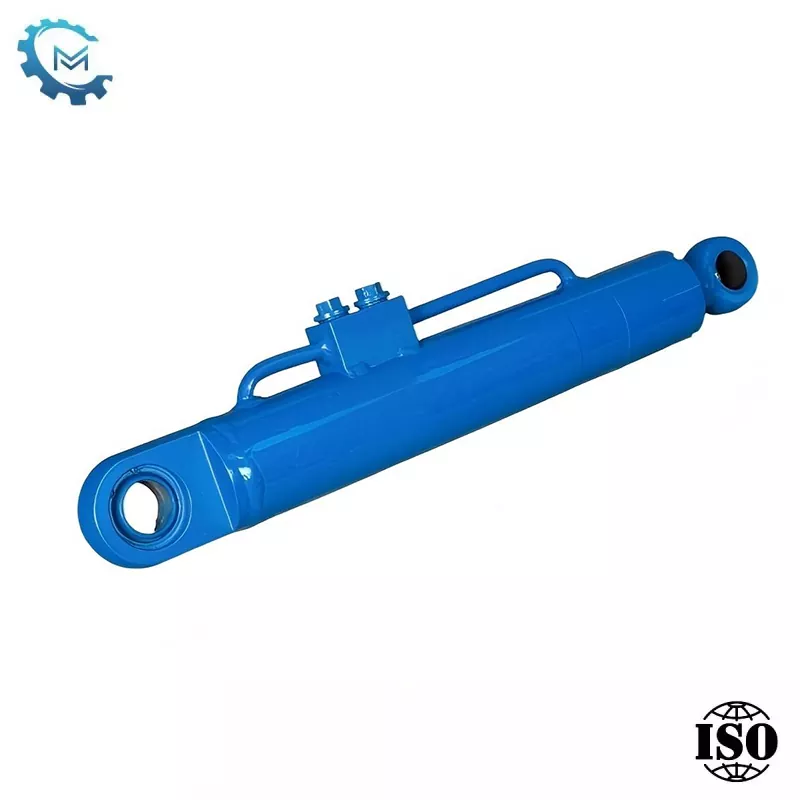- English
- Español
- Português
- русский
- Français
- 日本語
- Deutsch
- tiếng Việt
- Italiano
- Nederlands
- ภาษาไทย
- Polski
- 한국어
- Svenska
- magyar
- Malay
- বাংলা ভাষার
- Dansk
- Suomi
- हिन्दी
- Pilipino
- Türkçe
- Gaeilge
- العربية
- Indonesia
- Norsk
- تمل
- český
- ελληνικά
- український
- Javanese
- فارسی
- தமிழ்
- తెలుగు
- नेपाली
- Burmese
- български
- ລາວ
- Latine
- Қазақша
- Euskal
- Azərbaycan
- Slovenský jazyk
- Македонски
- Lietuvos
- Eesti Keel
- Română
- Slovenski
- मराठी
- Srpski језик
Hydraulic Station Valve Block
The hydraulic station valve block is an automation component operated by pressure oil. It is controlled by the pressure oil of the pressure distribution valve. It is usually used in combination with the electromagnetic pressure distribution valve and can be used to remotely control the on and off of the oil, gas and water pipeline systems of hydropower stations.
Send Inquiry
The hydraulic station valve block is an automation component operated by pressure oil. It is controlled by the pressure oil of the pressure distribution valve. It is usually used in combination with the electromagnetic pressure distribution valve and can be used to remotely control the on and off of the oil, gas and water pipeline systems of hydropower stations. . The core component of the hydraulic valve is the hydraulic valve block, which plays an important role in controlling the direction, pressure and flow of liquid flow in the hydraulic valve. The use of hydraulic valve blocks not only simplifies the design and installation of the hydraulic system, but also facilitates the integration and standardization of the hydraulic system, which is beneficial to reducing manufacturing costs and improving accuracy and reliability.










Material of Hydraulic Station Valve Block:
20# steel, 35 forged steel, 45# steel, Q355D, cast iron, aluminum, etc. The material of the hydraulic valve fastener requires flaw detection and can be used after passing the test.
All screw holes on the hydraulic valve block should have machining accuracy requirements. Generally, 7H is selected. The machining accuracy of the mounting hole of the threaded cartridge valve should comply with the requirements of the product sample. The roughness of the mounting hole of the cartridge valve is Ra0.8. In addition , there are also dimensional tolerance and geometric tolerance requirements. The surface roughness of the 0-ring groove is Ra1.6, and the surface roughness of the general flow channel is Ra12.5.
The high-pressure valve block is best made of 35 forged steel. The general valve block is made of A3 steel or ductile iron. When cutting the valve block material from the plate with gas cutting, sufficient processing allowance should be left. It is best to cut the valve block blank Forged and then processed. The material used for processing the valve block must ensure that the internal structure is dense and must not have defects such as interlayers and trachoma. If necessary, the blank should be inspected for flaws. Cast iron blocks and larger steel blocks should be aged and pre-treated before processing.
GET A QUOTATION NOW
Hydraulic Station Valve Block product overview
The hydraulic valve block is a small circuit during operation. During use, the various valves used will be combined to a certain extent through the oil holes in the valve block. For example, we now use A balance valve block, which integrates balance valve, pressure reducing valve, one-way valve, reversing valve and shuttle valve. The hydraulic valve block is an independent hydraulic device to a certain extent. It supplies oil according to the requirements of its driving device during operation and controls the direction, pressure and flow of oil flow to a certain extent. It is suitable for the host machine and the hydraulic device that can be separated. of various hydraulic machinery.
The motor of the hydraulic valve block will drive the rotation to a certain extent, so that the pump will suck oil from the tank and pump oil. This will directly convert its mechanical energy into the pressure energy of the hydraulic oil to a certain extent. During the operation, it will The hydraulic oil is adjusted in direction, pressure, and flow by the hydraulic valve through the integrated block and then transmitted to the oil cylinder or oil motor of the hydraulic machine through the external pipeline, thus controlling the change of the direction of the hydraulic motor, the size and power of the sewage treatment equipment, and The speed drives various hydraulic machinery to do work.
The complete system of the Hydraulic Station Valve Block consists of the following components:
Oil block
Forms the housing of the cartridge valve and provides connection channels, which lead to the pilot valve.
cartridge valve
Hydraulically controlled cone valve with two service ports and one control port.
cover
Its main purpose is to seal the passage to the cartridge valve and also to provide the connection oil line to the pilot valve.
pilot valve
Miniaturized conventionally designed directional or pressure control valves whose task is to control cartridge valves, preferably with standardized NG6 port configurations
The oil circuit block is a collection of scattered hydraulic oil circuits. Simply put, the hydraulic block is a block that controls the work of hydraulic oil. Usually produced by Jinwu, each hydraulic system needs to be designed separately according to the hydraulic schematic diagram. The advantage is that it simplifies the installation, inspection, replacement and subsequent maintenance of the hydraulic system. The disadvantage is that the design and processing requirements are high, the cost of a single piece is high, and the customized hydraulic station is not suitable for single-piece and small batch production.
Simply put, the hydraulic block is a block that controls the work of hydraulic oil.
The configuration form of hydraulic components in the hydraulic system currently adopts integrated configuration. The integrated block configuration is to install a plate hydraulic valve on the surface of the oil circuit block, which has the characteristics of compact structure and easy maintenance. For a hydraulic system composed of multiple basic circuits, the basic hydraulic circuits are generally grouped according to the composition of the equipment unit, and each group corresponds to an oil circuit block. When designing the oil circuit block, a slight oversight will lead to errors in design and manufacturing. Therefore, it is particularly important to choose a professional design software to design oil circuit blocks.

























